How to buy a vintage guitar
Grab a bargain with our guide
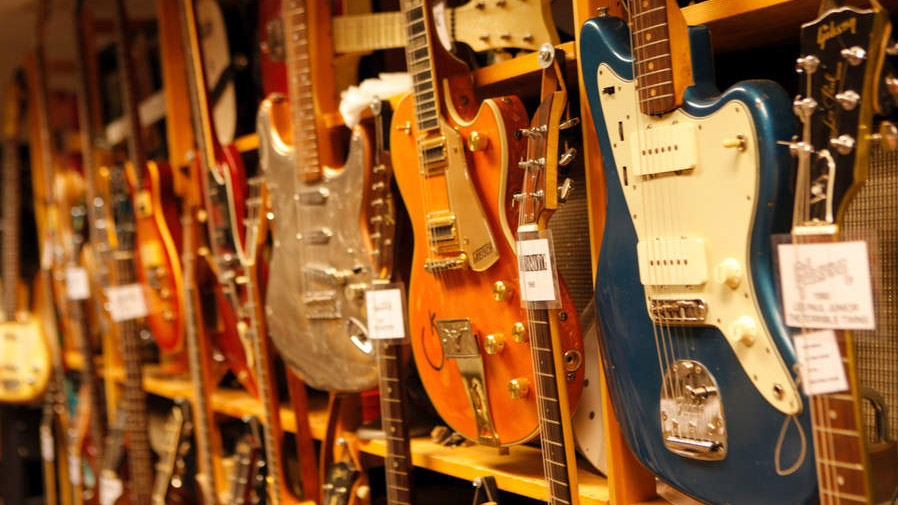
Introduction
Buying a vintage guitar can be a minefield of dodgy playability and overpriced mint-conditions, but there are still some bargains to be had out there – you just need to know what you’re doing.
Follow our 12-step guide on how not to be taken for a mug and you should get yourself a killer vintage guitar.

1. Research, research, research
Do your homework. For instance, if you’re looking for a 1960s Gretsch Corvette, familiarise yourself with the specs. Buy a book on the brand of guitar you’re interested in, or research online.
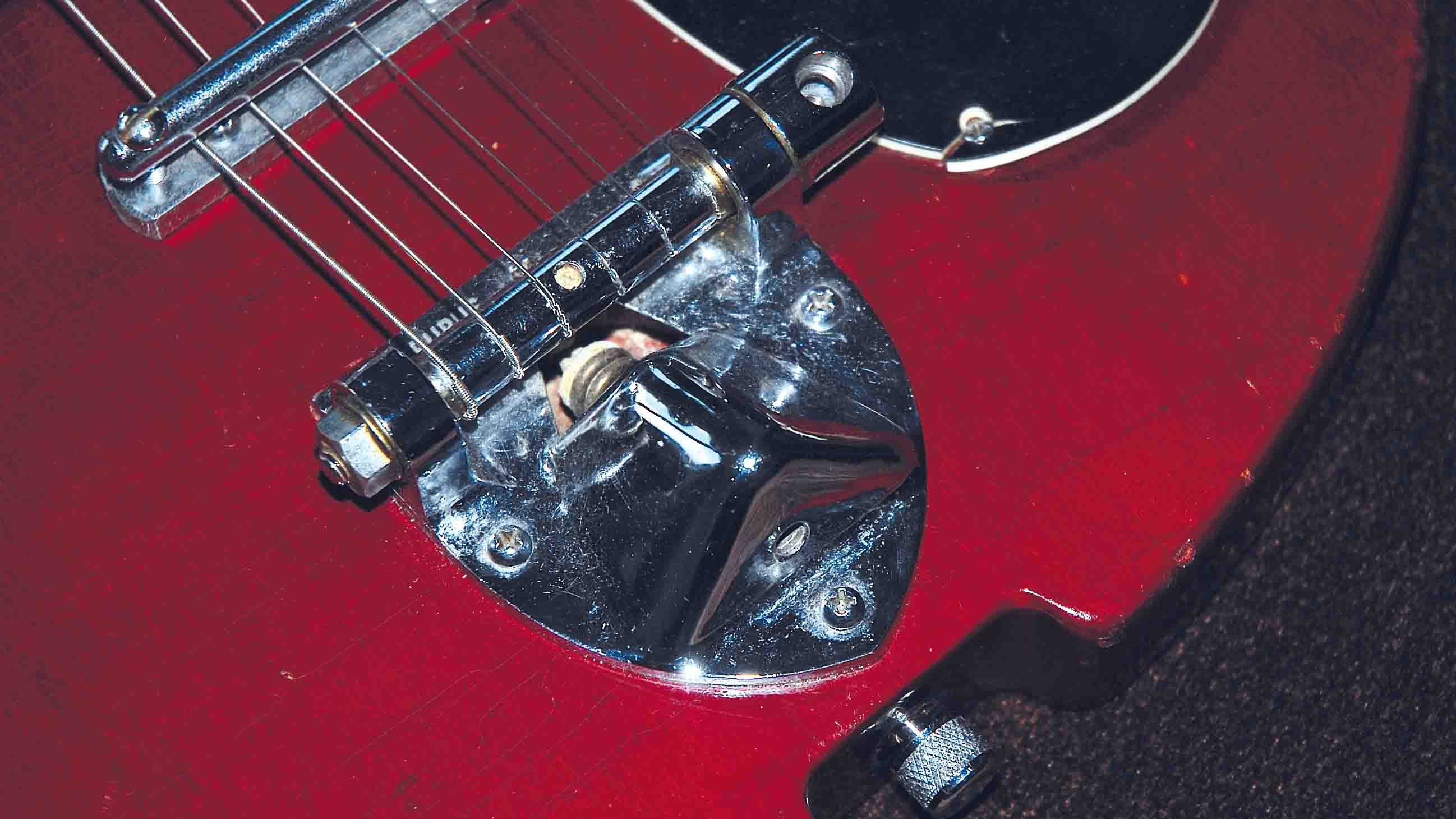
2. Get photos
If you’re buying a guitar from an online auction, ask the seller to email you some detailed photos of the guitar. Be specific about what you want to see. Out-of-focus shots are no good.
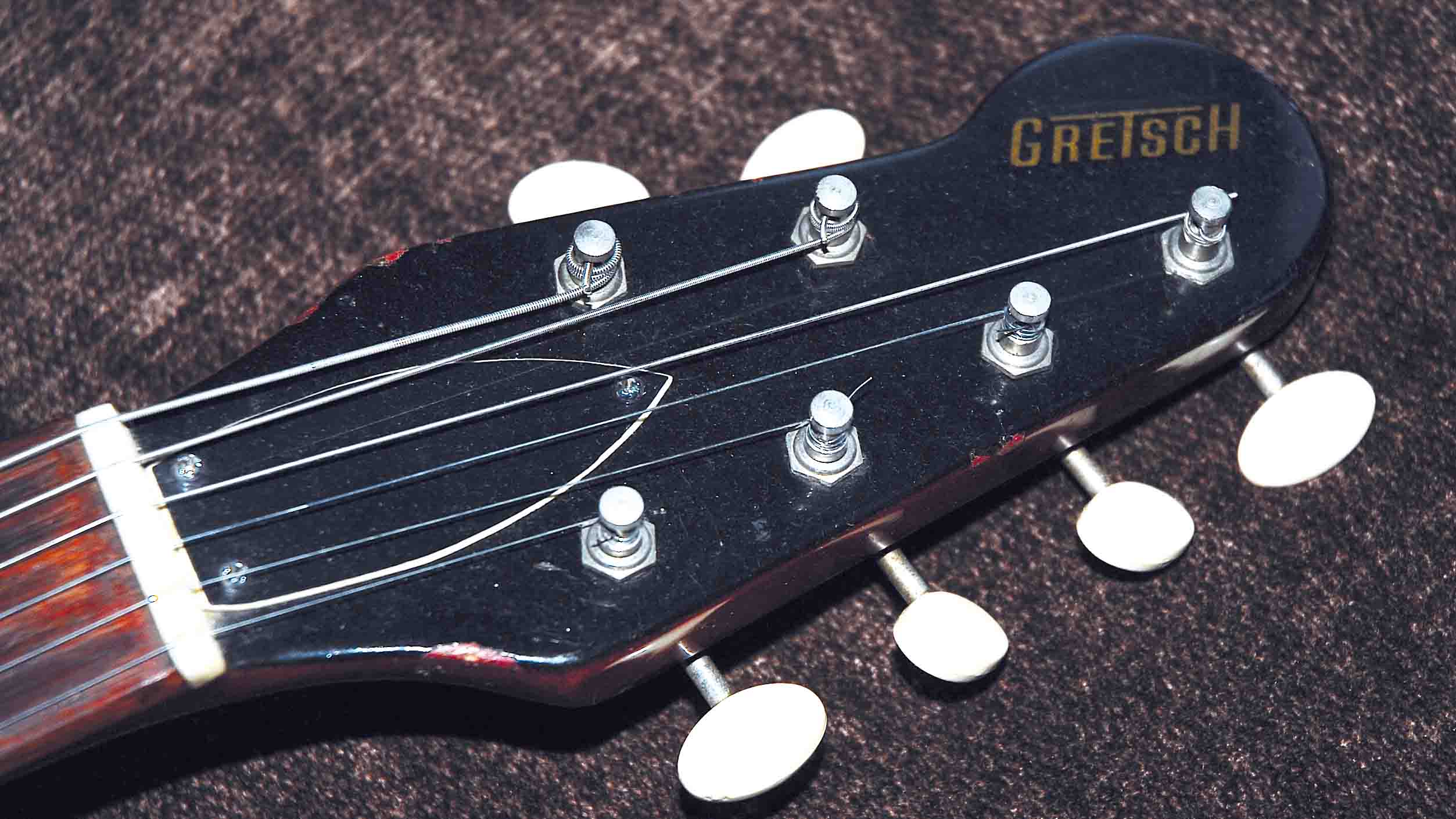
3. Date it
No serial number? You can often date a guitar from its features. Early Gretsch Corvettes had three-a-side headstocks; our guitar’s four/two confirms it’s a ’65 model.
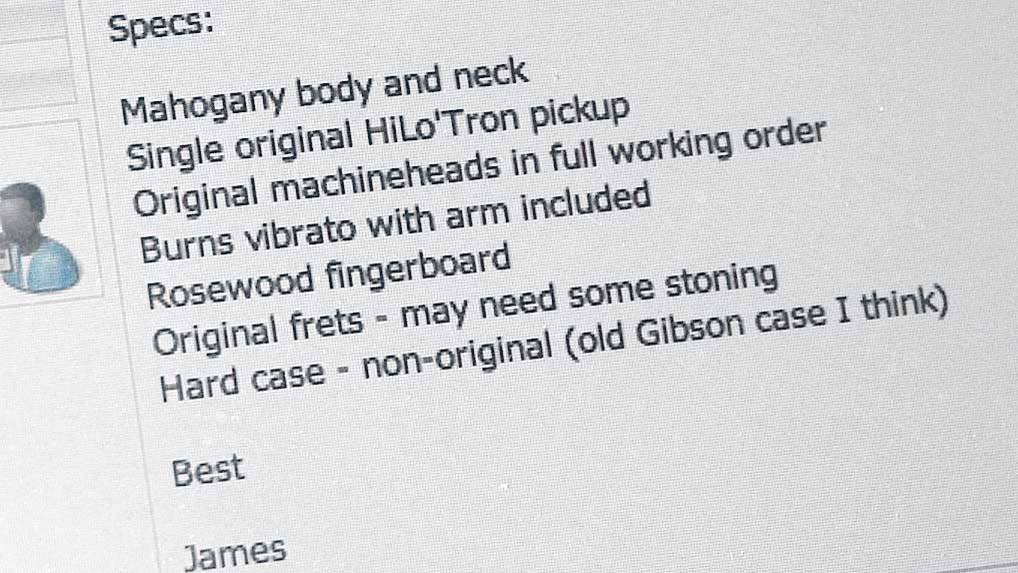
4. Check the spec
Ask for a list of features before you go to check the guitar out. Has it been altered in any way, or re-fretted? All this can affect its value, so it’s worth getting your facts straight.
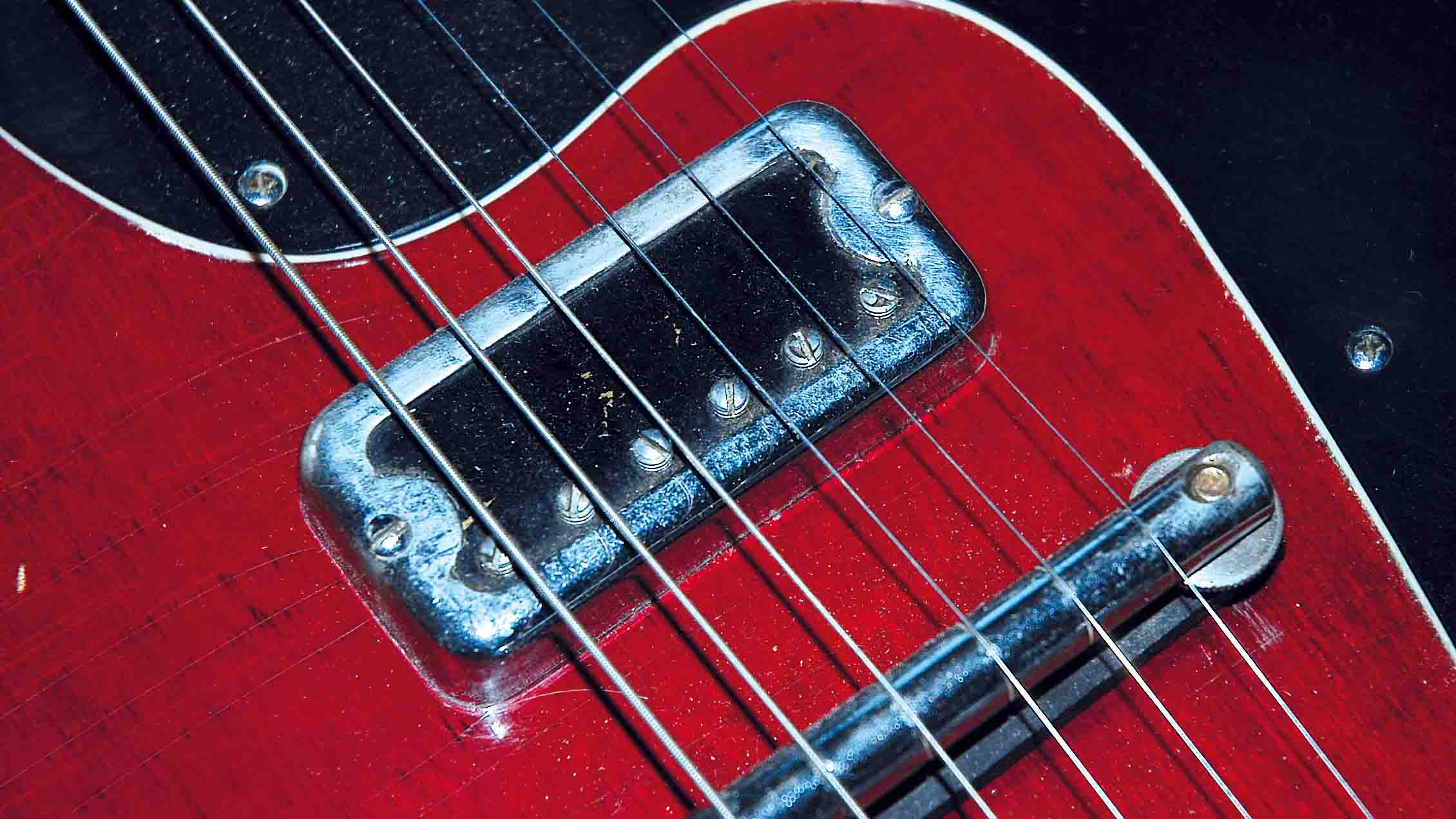
5. Pick up on pickup swaps
Find out if the pickups have been changed – that’s not always obvious just from a photo. Aftermarket units can seriously affect the re-sale value of a vintage axe.
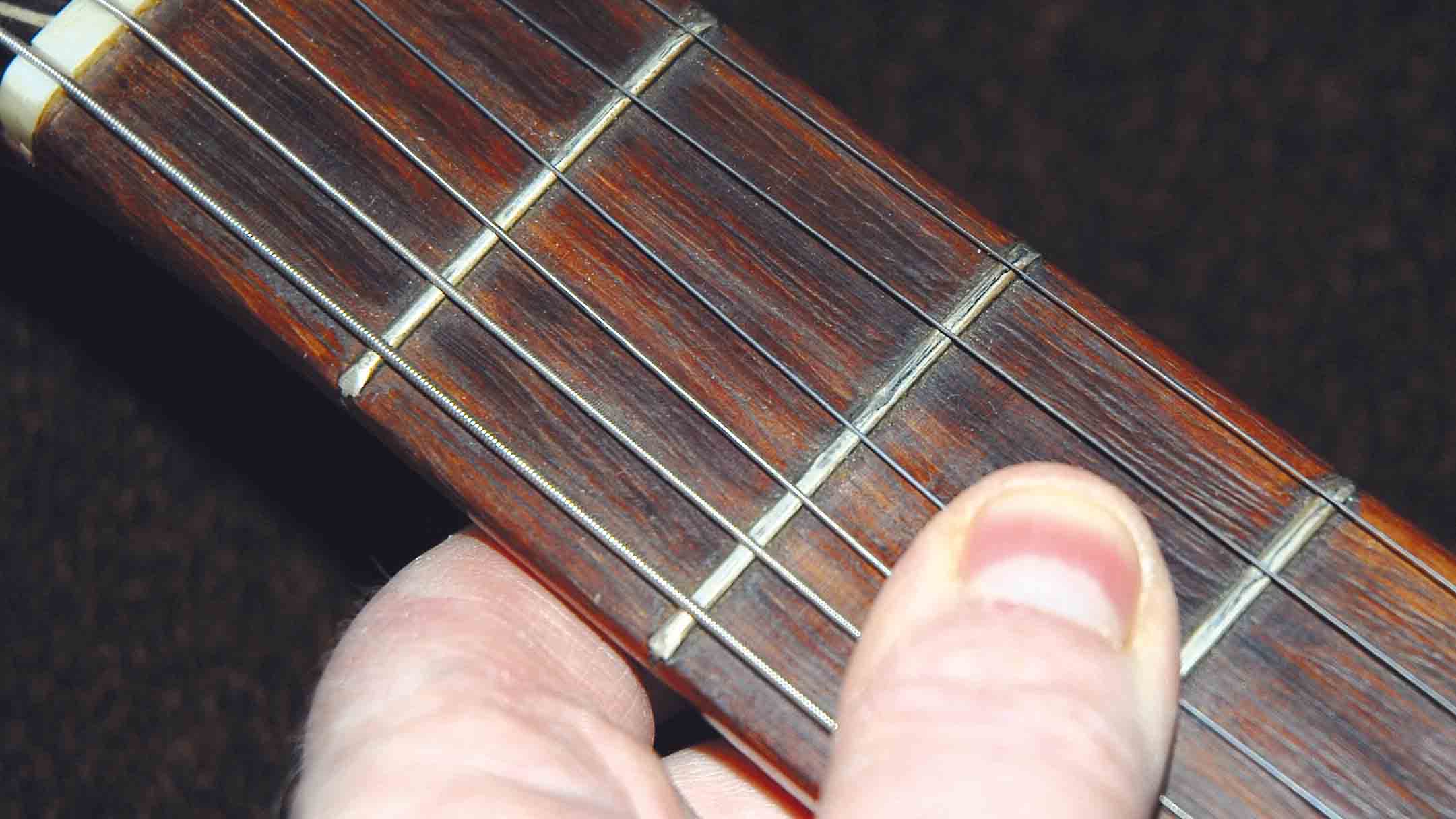
6. Check the frets
Ask about fret wear. If the frets need to be replaced or stoned you’ll have to figure the bill for the work into the seller’s asking price. Get a quote from your local repair shop.
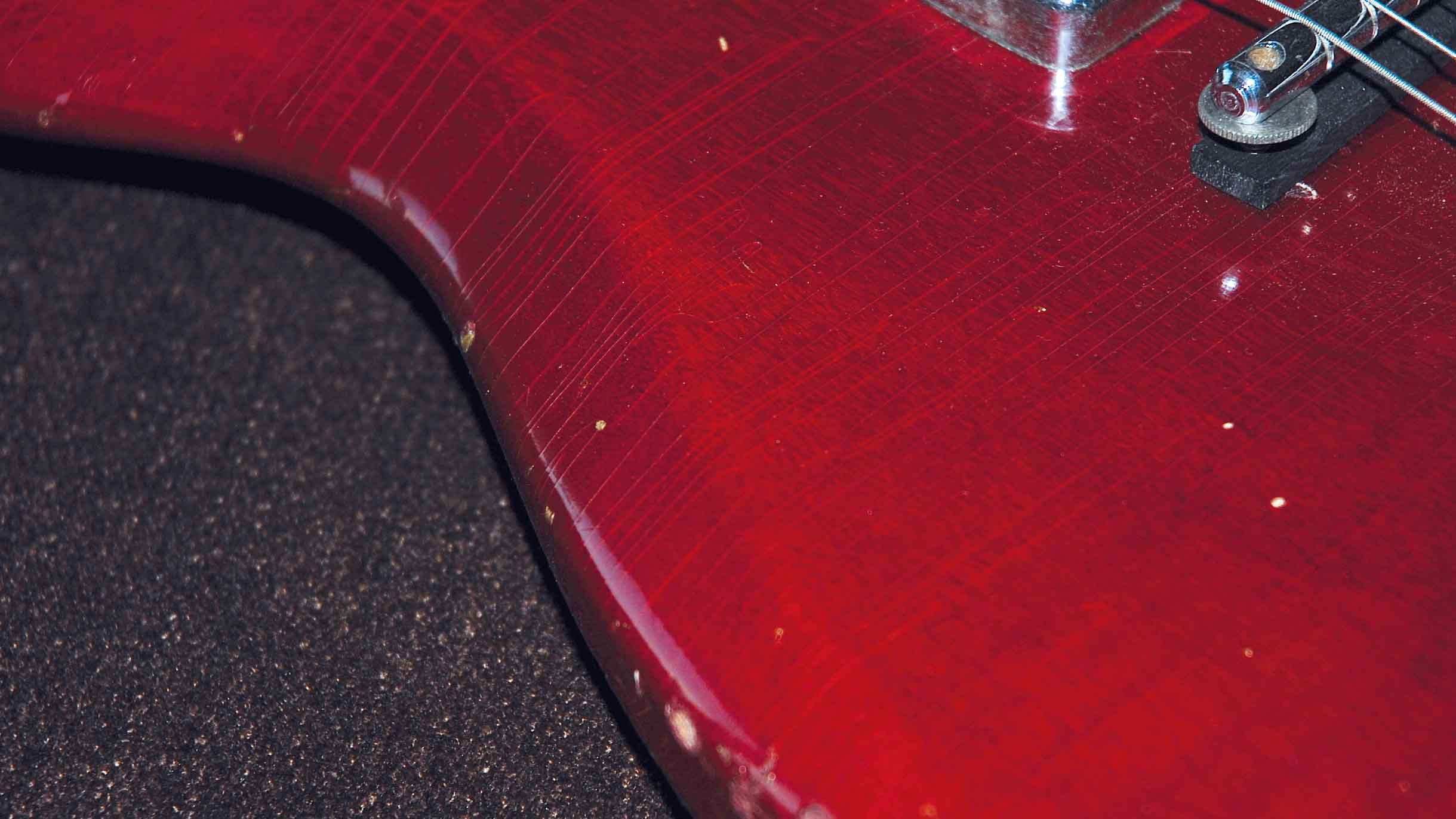
7. Appreciate mojo
Don’t expect an old guitar to look pristine. Cracks in its finish, worn patches and chips all add character. Vintage fanatics call this natural ageing process ‘patina’.
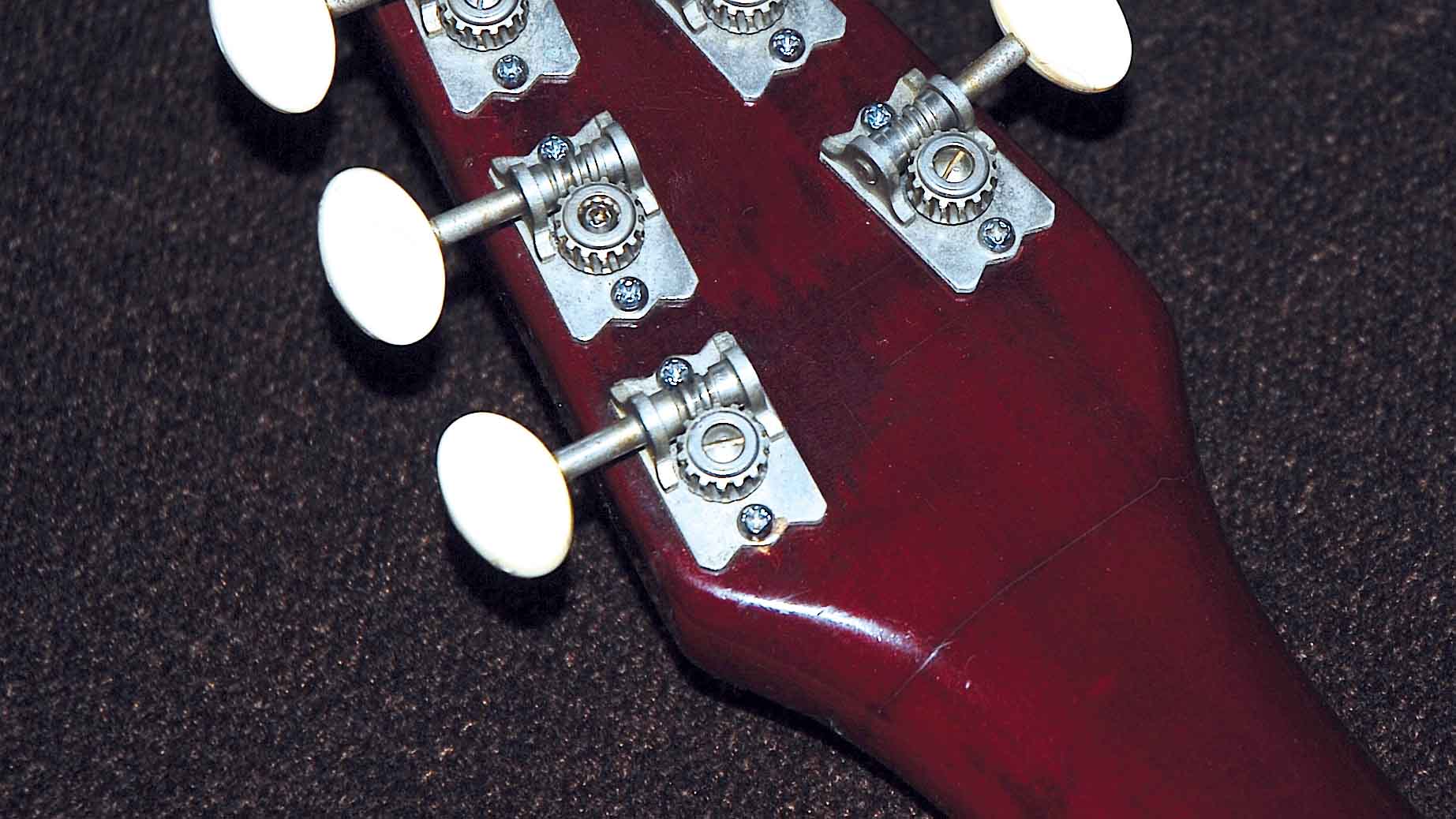
8. Look for neck breaks
Find out if the neck has ever been broken. If it has, it should be reflected in the price. If you can’t visit the seller, ask for a detailed shot of the back of the neck and headstock.
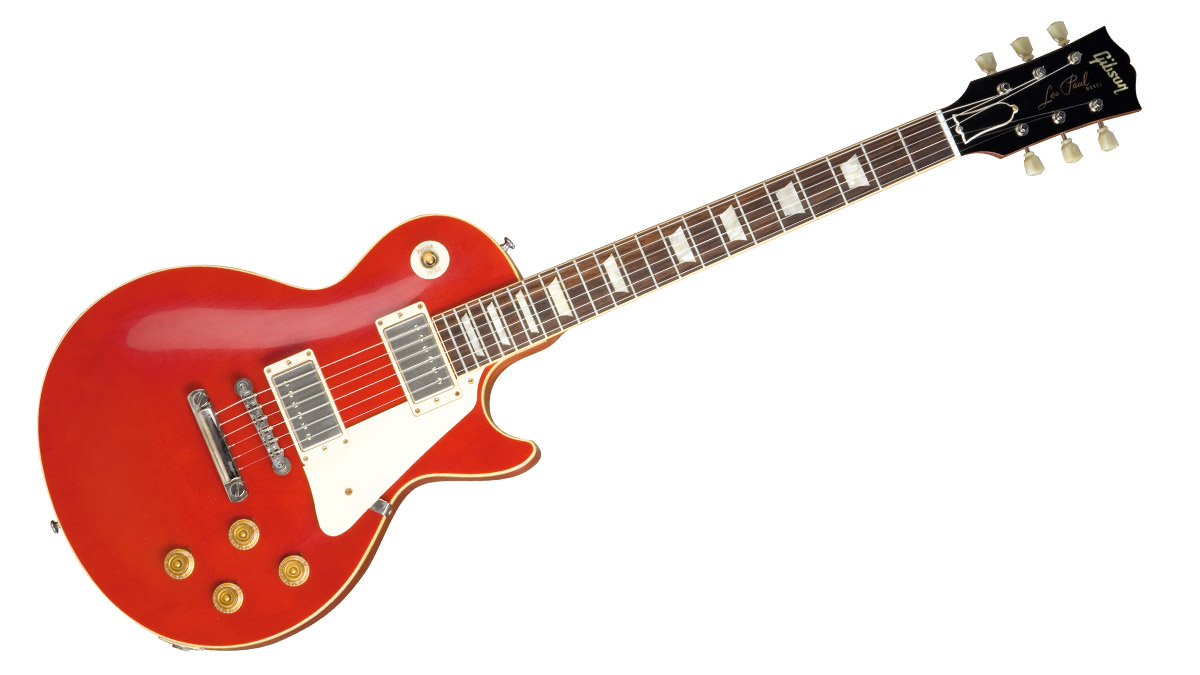
9. Know your terminology
Vintage guitars that have been altered to improve playability are often referred to as a player’s guitar, while mint or nearly mint examples are described as ‘investment grade’.
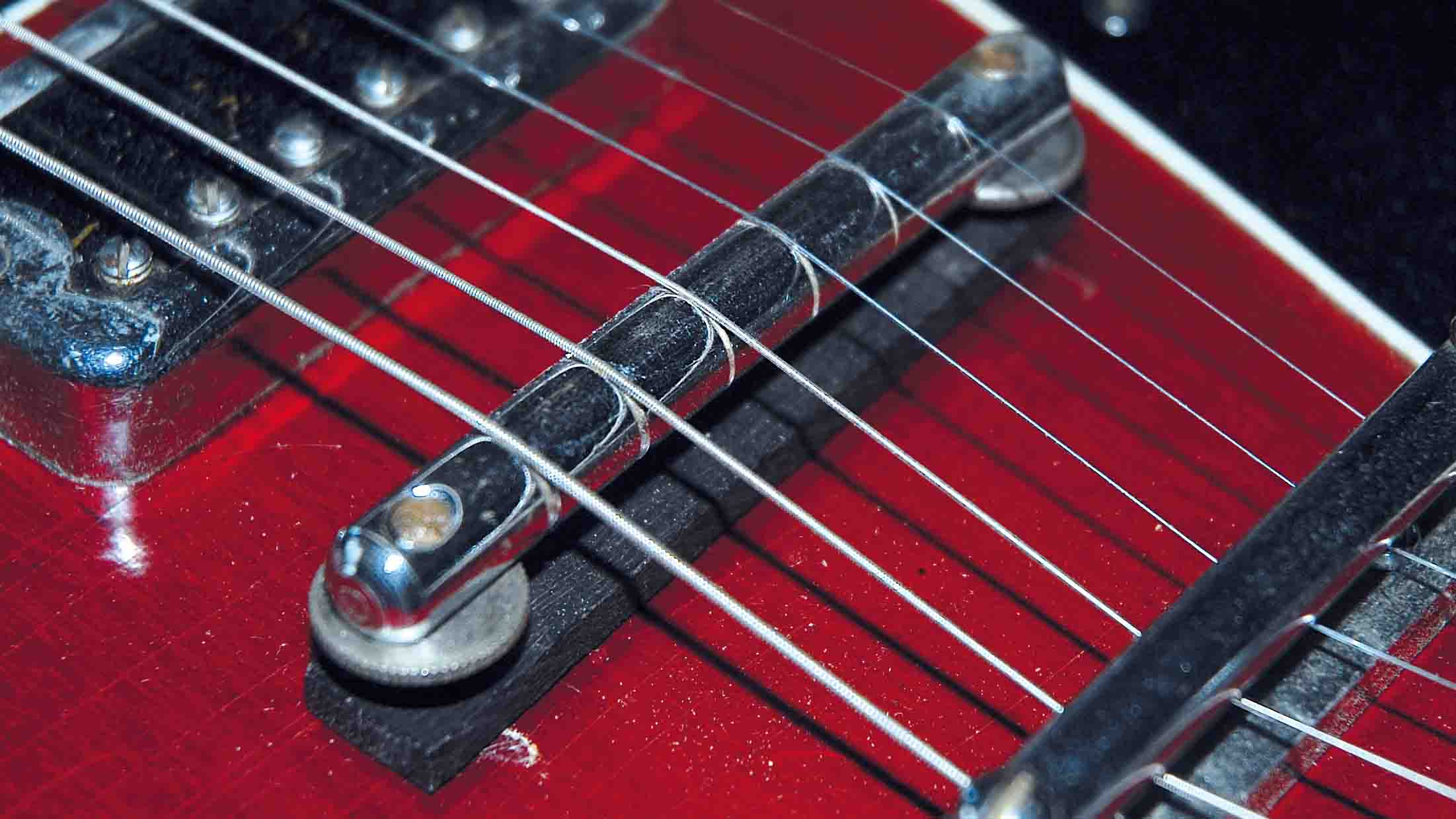
10. Keep original parts
Our Gretsch has all of its original parts but we’ll probably fit a new bridge in place of the primitive bar version. We’ll keep the original in a safe place in case we ever decide to sell the guitar.
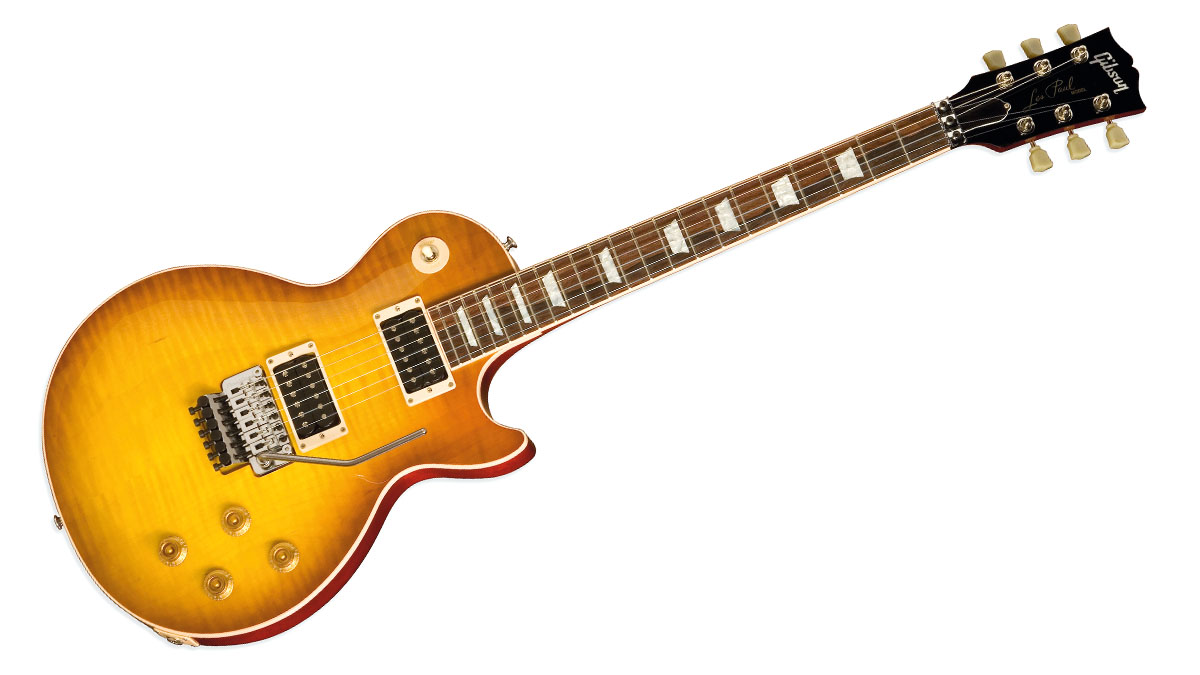
11. Be careful about modding
Do what you will with a vintage axe, but be respectful. Routing the body to change pickups or fitting a Floyd to a vintage Les Paul will spoil the guitar. You’ll regret it one day!
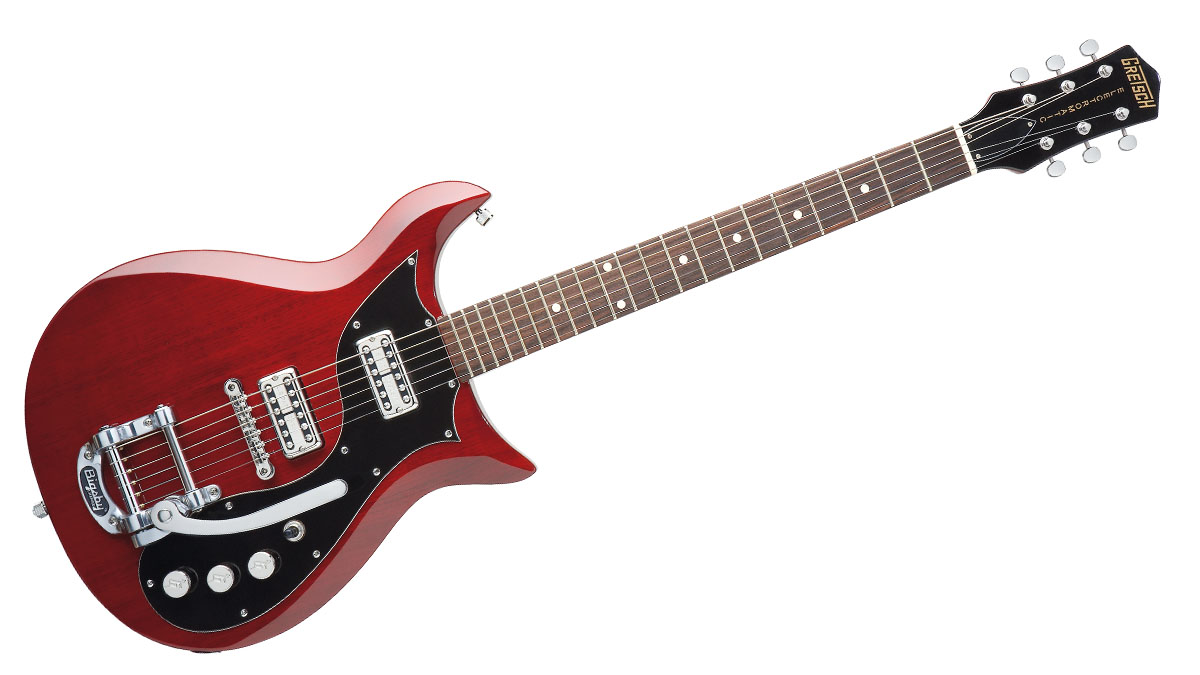
12. Compare with new examples
Be aware that not every vintage guitar is great: some suck. The thrill is in finding a good one. Try comparing an original guitar with a reissue; you might prefer the new version!